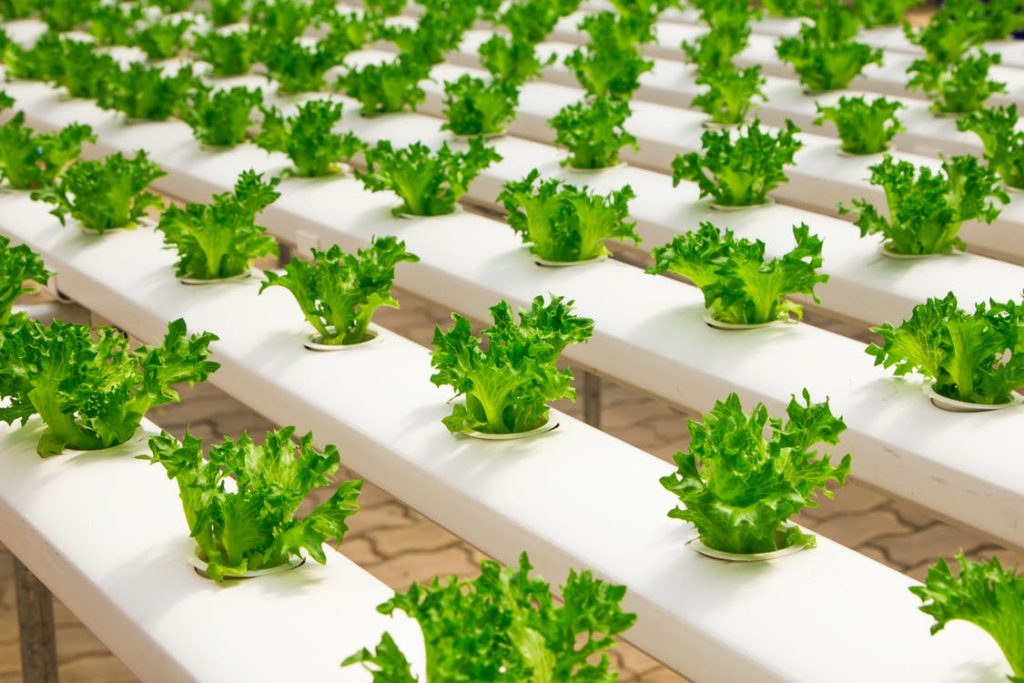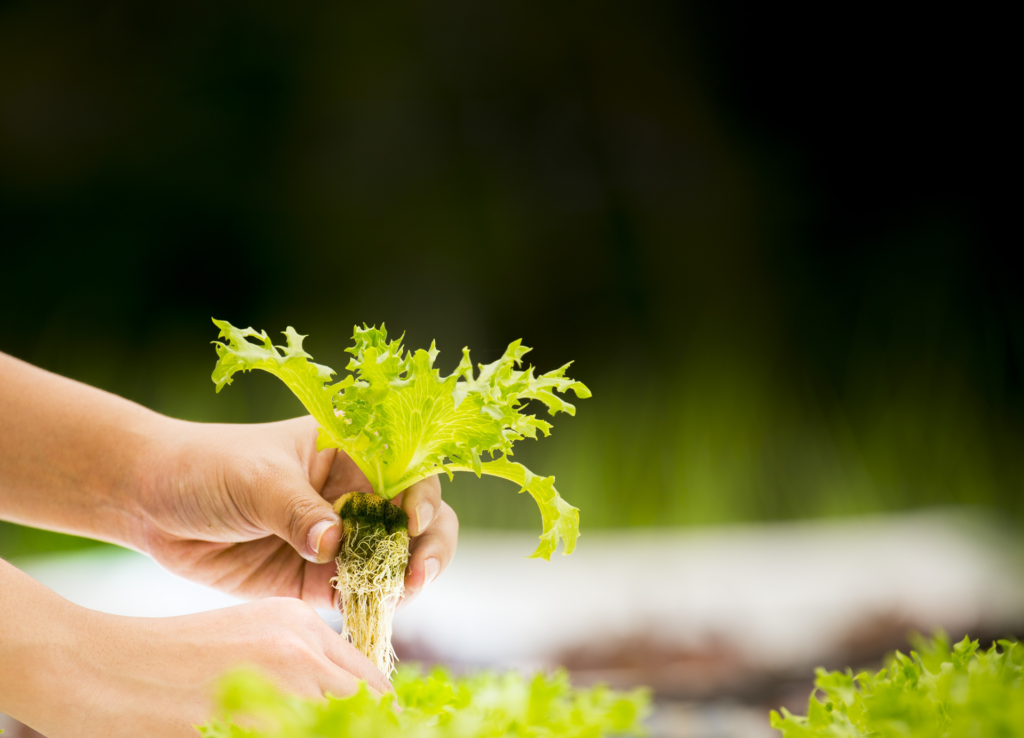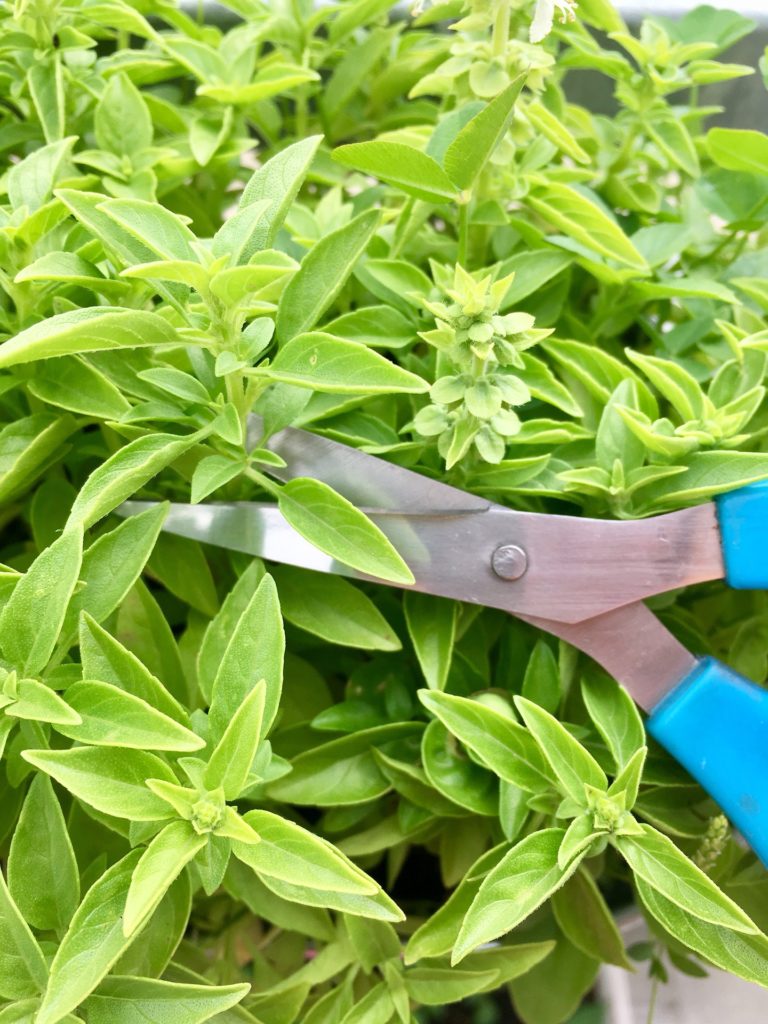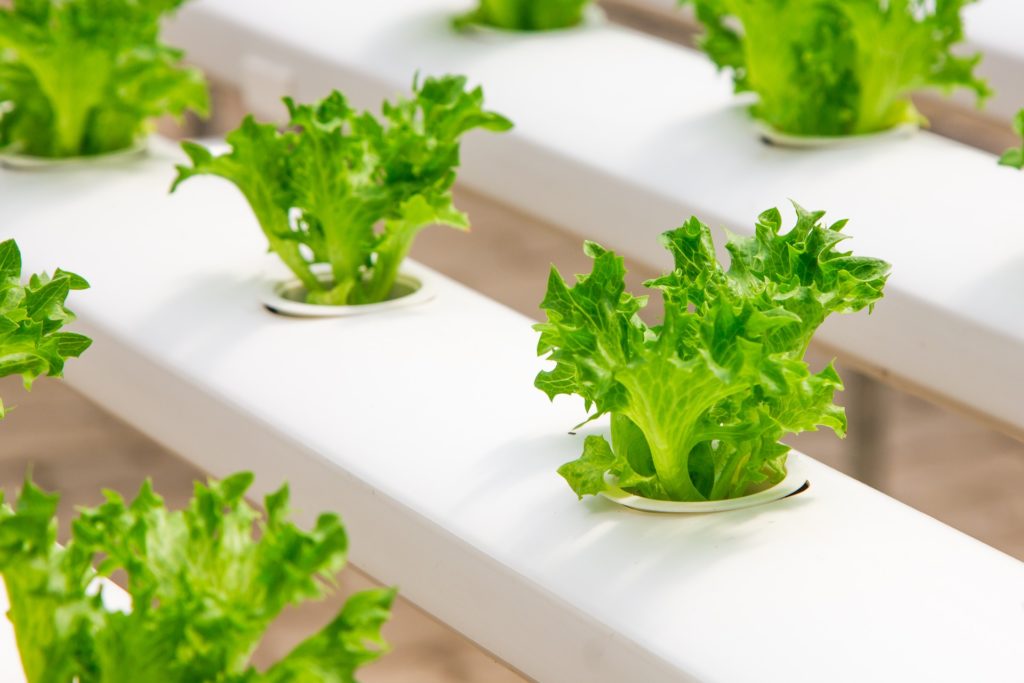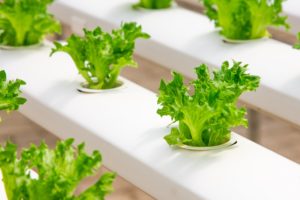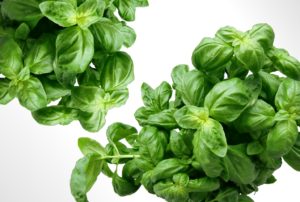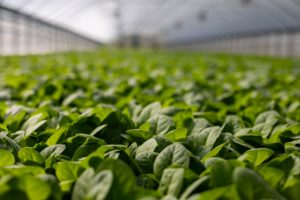Are clones a strange vision of the future? Or are they a really great way to propagate the best of your crops? Depending on how you lean, it could be either. For now, let’s just focus on what cloning a plant is, and how to clone plants for hydroponics.
Cloning plants is not new by any means. In fact, humans have been cloning plants, and plants have been cloning themselves, in one form or another for thousands of years. Some plants naturally clone themselves with ‘runners’ which vine out from the mother plant to create a new plant. For example, strawberries produce runners which root and grow another mature plant. However, this new plant is actually a genetic copy of the mother plant.
Cloning plants sounds like something you need a lab to do, but don’t worry. All you need is proper conditions, some knowhow, and an ideal specimen.
Why clone plants?
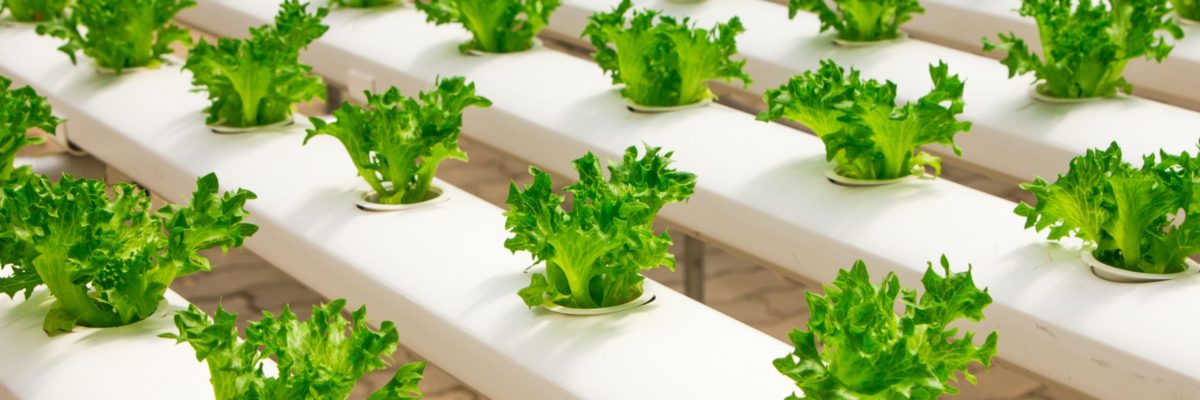
If you’ve never cloned a plant before, you’re probably wondering, “why bother?” After all, you can get packets or premium seeds to grow the normal way. Propagation already happens on its own in nature, right? The problem with bags of seeds, no matter how good they are, is that there is still some genetic variation from seed to seed. No seed will produce the exact plant, down to the genes, as another. Some genetic traits show up in one plant but are absent in another. These genetic traits are called phenotypes.
Phenotypes may include resistance to disease or drought. Others may make a plant that produces better harvests. Not all phenotypes are positive traits, but we want to keep the traits that are. Because of this, when there is a plant with ideal characteristics, a grower may want to keep producing new plants with the same traits.
That’s where clones come in.
By cloning a plant, you can continue producing identical specimens, with the traits you favor. Using clones, you can achieve more uniform crops and more reliable harvests. Another benefit of cloning plants for propagation is that they take less time to mature. Rather than starting from a seed, plants begin from cuttings that only need to regrow a root system and some vegetation. In short, cloning is a way of reproducing a specific plant without any pollination or partnering needed.
How does cloning plants work?
A cutting is part of the ‘donor’ plant that is removed for cloning. The donor plant may also be referred to as the mother plant. The bottom part of a cutting, where the stem is removed from the donor plant makes a callus. The callus is a group of cells that are not designed for a specific purpose. The cells of the callus will form specialized cells to create foliage and a new root system. But this happens after the non-specialized cells reproduce and grow.
However, the callus does not create a new root system on its own. Each cell within a plant has all the genetic instructions needed to create an entirely new copy of the plant. Auxins are the plant hormones that specialize in creating roots in a cut specimen. Auxins are commonly found in higher parts of the plant where growing is at a peak. Once a stem is cut, auxins travel down to the cut part of the stem and activate rooting. From this process, the cutting begins to ‘take over’ growing as if it were the original plant.
When a clone develops a successful root system, it’s called striking. Strike rates increase significantly when cuttings are placed in optimal conditions.
Check Our Plant Cloning Guides
Frequently Asked Questions
Does the age of my donor/mother plant matter?
The age of donor plants does matter, but not down to the day or week. The most important thing is to remember to use a more mature, vegetative plant when you take cuttings. You can usually tell if a plant is ready by feeling the firmness of its stems. Try not to use plants that are too old and are already flowering. It can impact the growth of the clones you create from it.
Why won’t my clones root?
If you’ve been patient, but you are wondering why my clones are not rooting, it’s time to look at your conditions. To be fair, sometimes it’s just up to chance. Some cuttings (for one reason or another) simply don’t develop roots, and that’s that. Make sure you have high enough humidity, but not 100% ambient humidity. Then, make sure your grow medium isn’t soaked. If it’s too wet, the cutting won’t be able to form roots because there is no oxygen. Did you use rooting hormone? If so, make sure the powder rooting gel is not too heavily concentrated on the cut part of the stem. That can create a blockage that inhibits root growth.
How do I transition my clones from a humidity dome to my regular hydroponic system?
You don’t want to do a ‘cold turkey’ switch to another environment. Seedlings that go from high temperatures and humidity to your regular hydroponic system suffer. Ideally, you want to transition your clones quickly, while still giving them time to adjust to conditions outside of the dome. Give your clones a day to enjoy the humidity dome. Then, gradually begin opening the vents and taking the hood off for a little bit every day. In under a week, your clones should be ready to transplant.
Is there more than one method for cloning?
You can choose a variety of methods for cloning new plants. Many growers have a favorite method, although there are many ways available. Of course, taking shoots from a healthy plant is the easiest way. You can also take a leaf cutting. For a leaf cutting, larger leaves make the clone from the vein and top portion of the leaf. Many growers might use a ‘cloner’ to start a clone. These systems make ideal environments, and new roots grow with the help of a rooting gel. Another method uses a razor to remove a small part of the roots from the mother plant. The roots grow similarly to a clone stem, although some people avoid this method to prevent damaging existing root systems. Tough, woody plants often require grafting.
Do clones need nutrient solution?
Nutrient solution is a ‘must-have’ for healthy plants. When you’re cloning, you might dip shoots into a rooting gel or powder. These young shoots are not ready for full on nutrient solution yet. Wait until you move the plants to your hydroponic garden for nutrients. At the cloning stage, they only need water, air, and the right conditions. That said, some growers also swear by adding a little B1 to encourage new roots. If you use a cloner, it may specify what material and nutrients, if any, should be used.
You can learn more about nutrient solution here.
